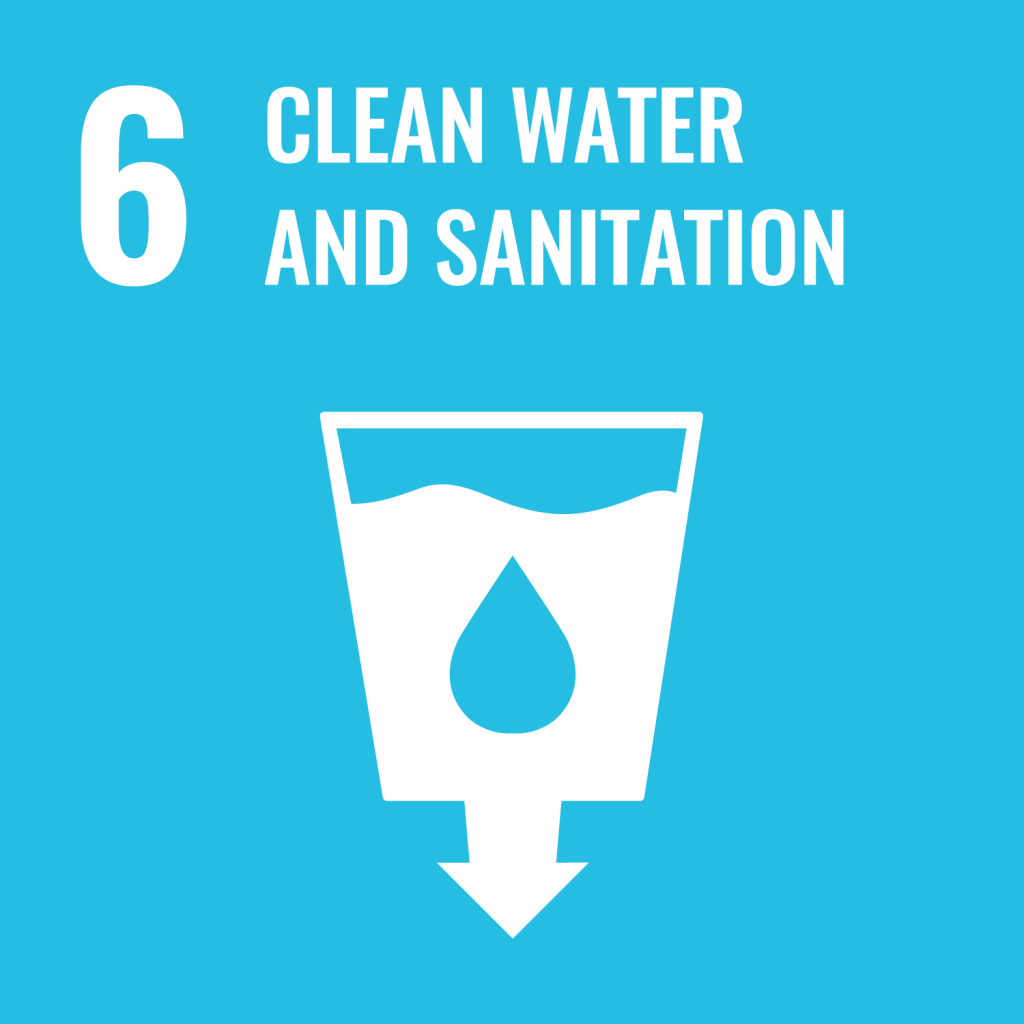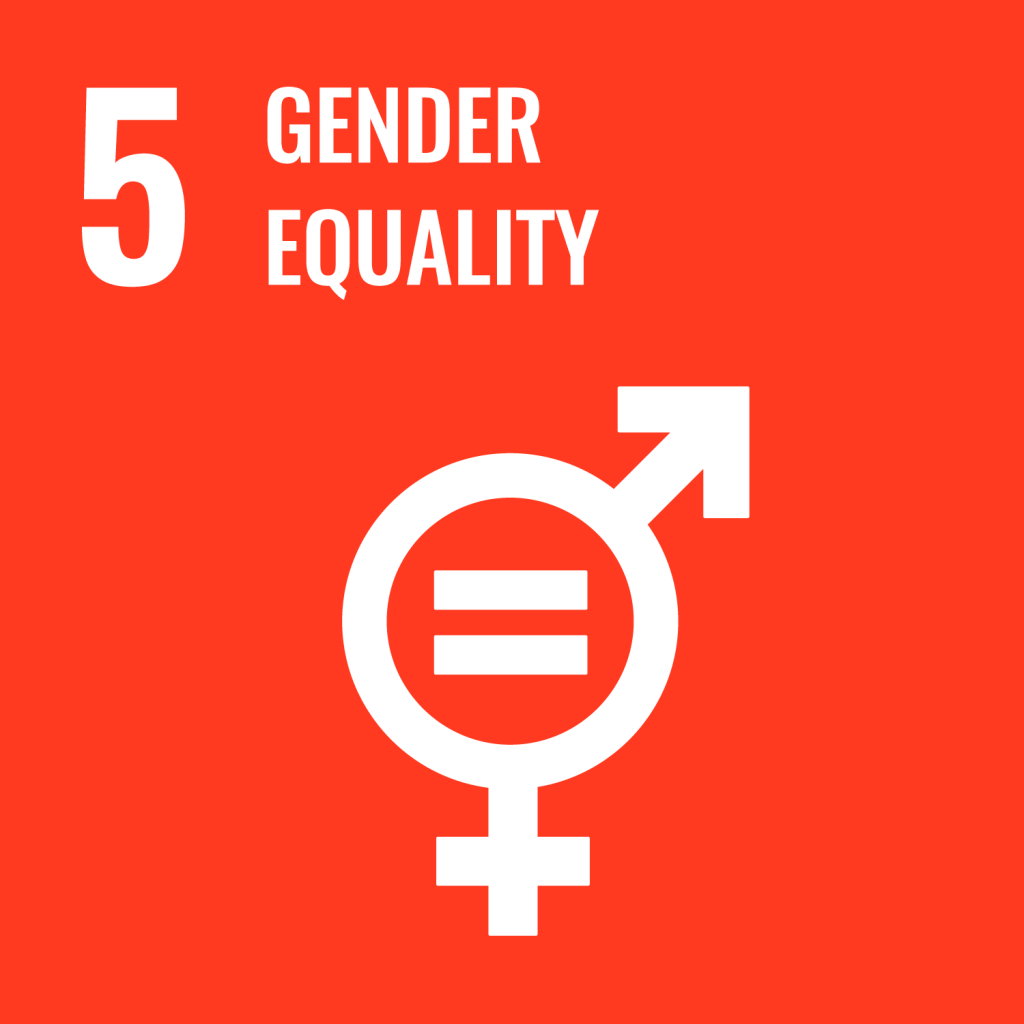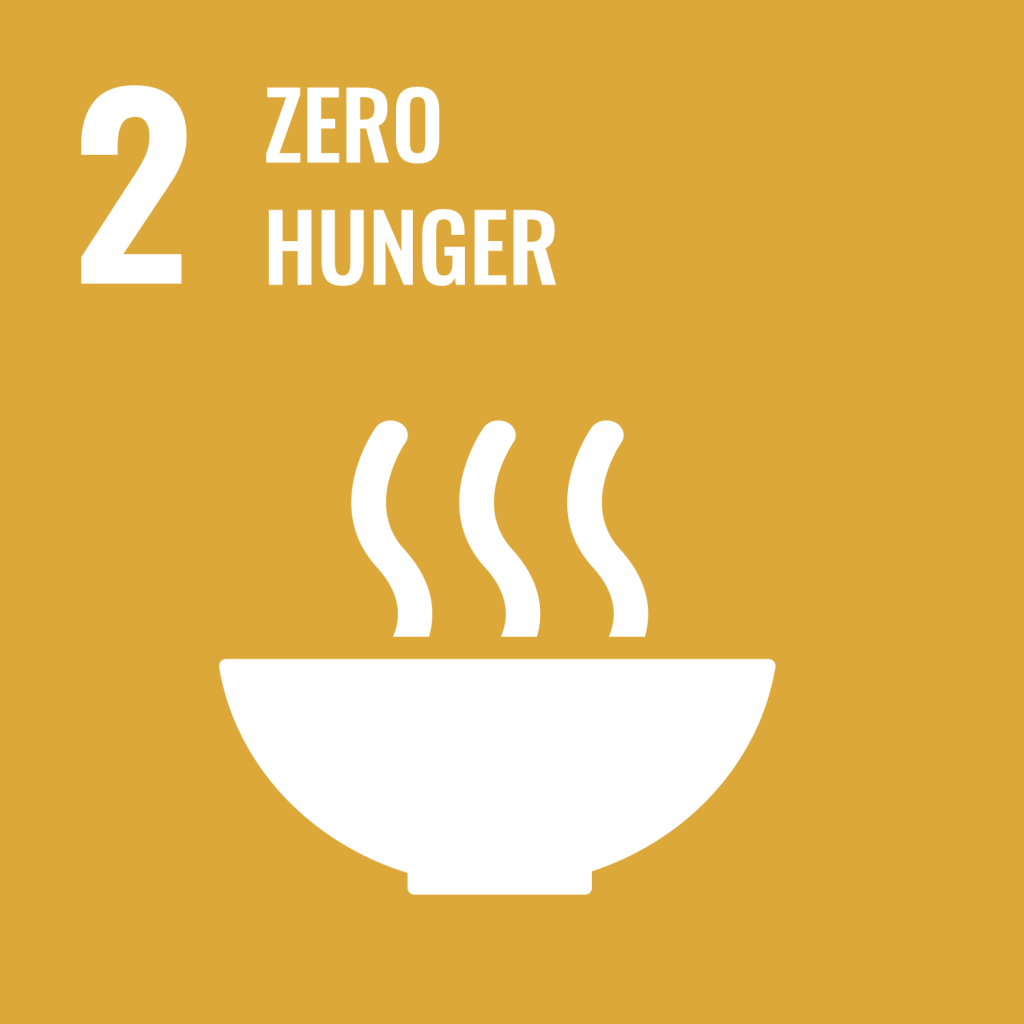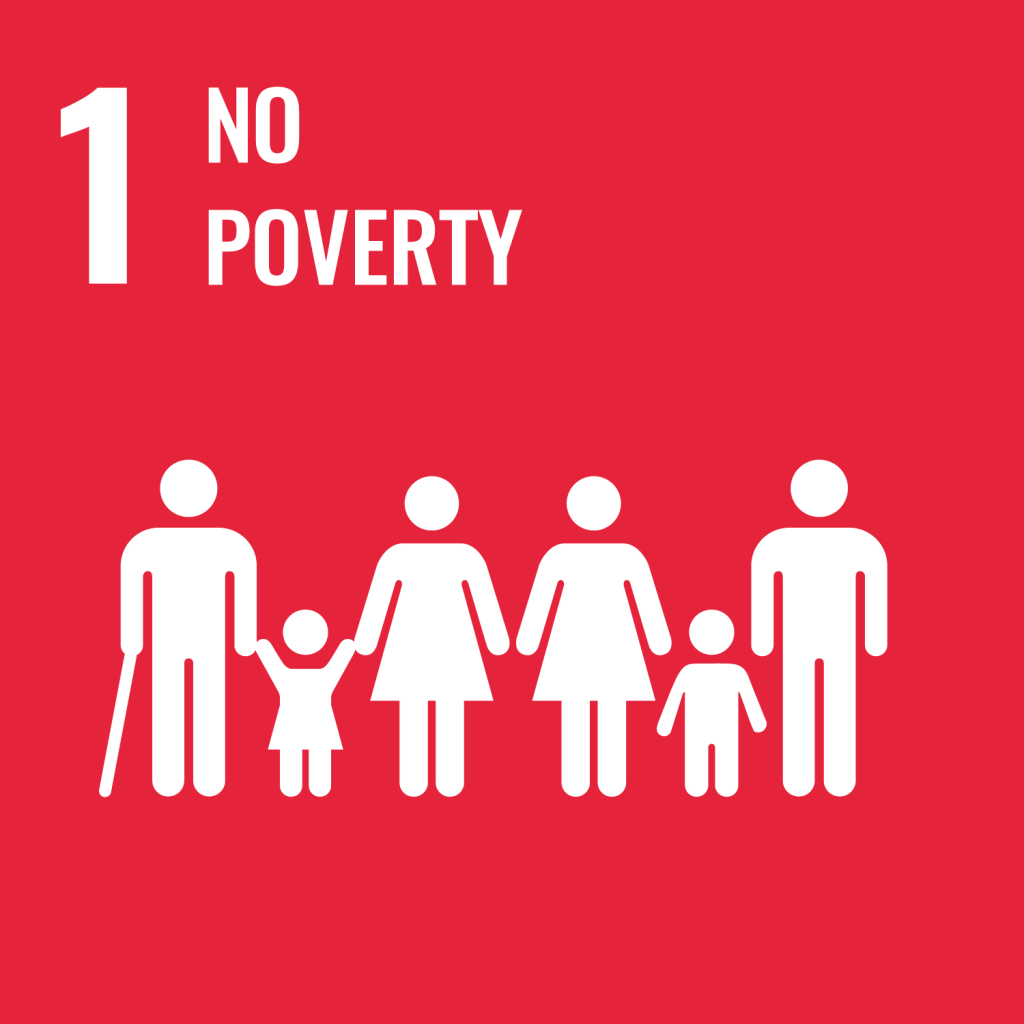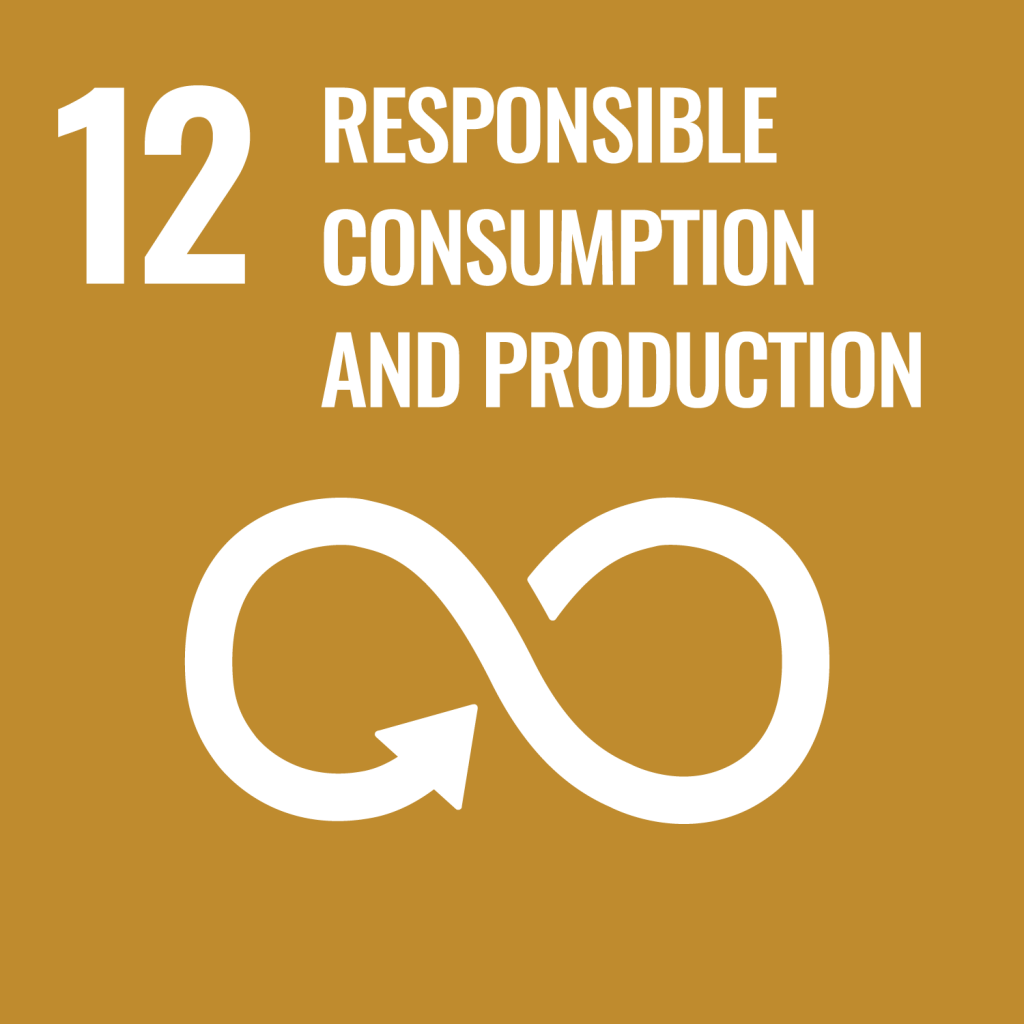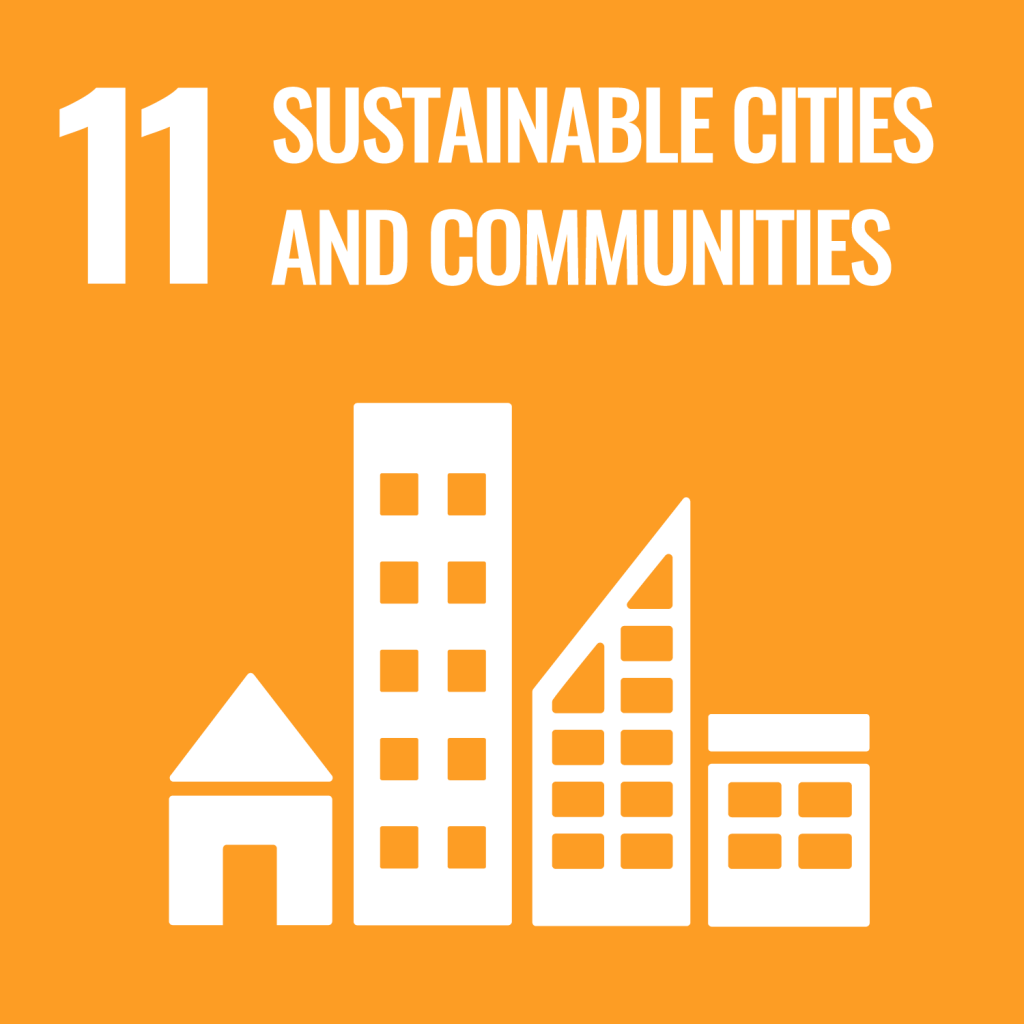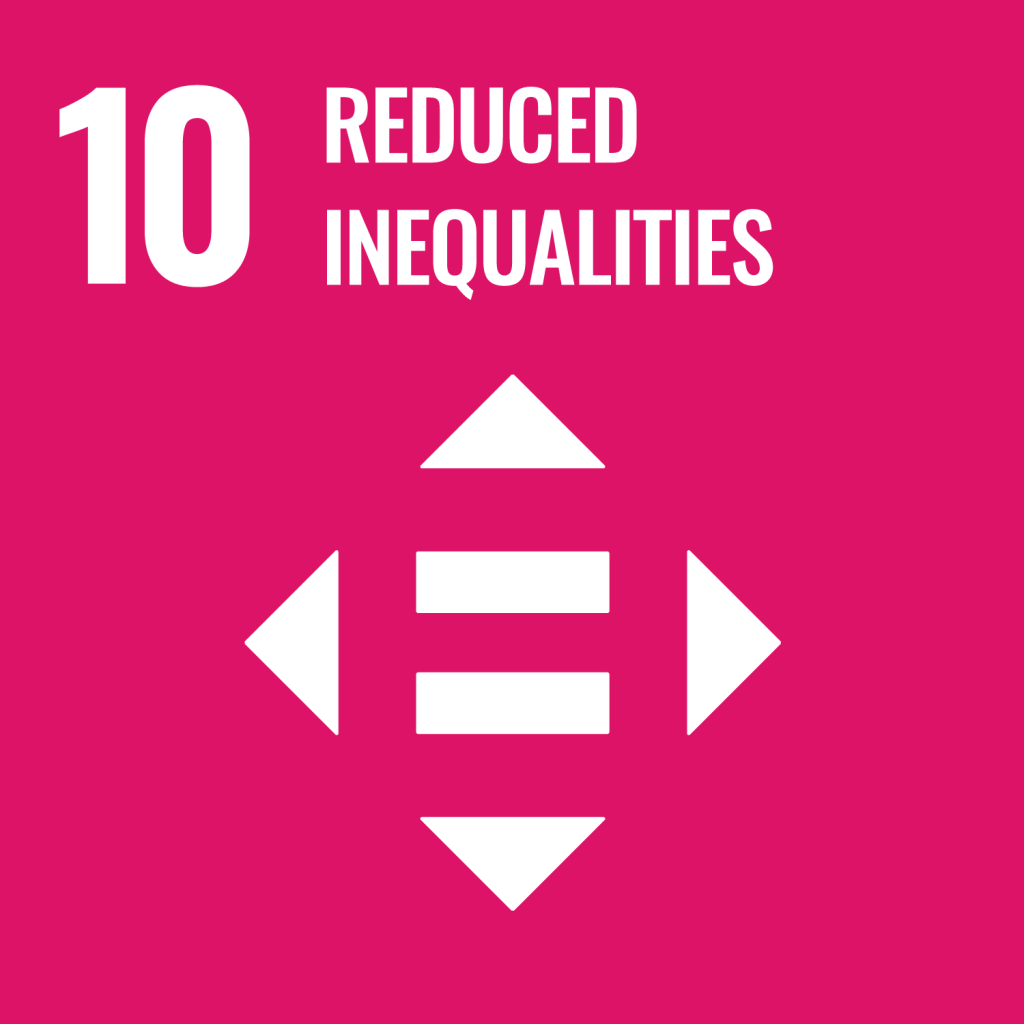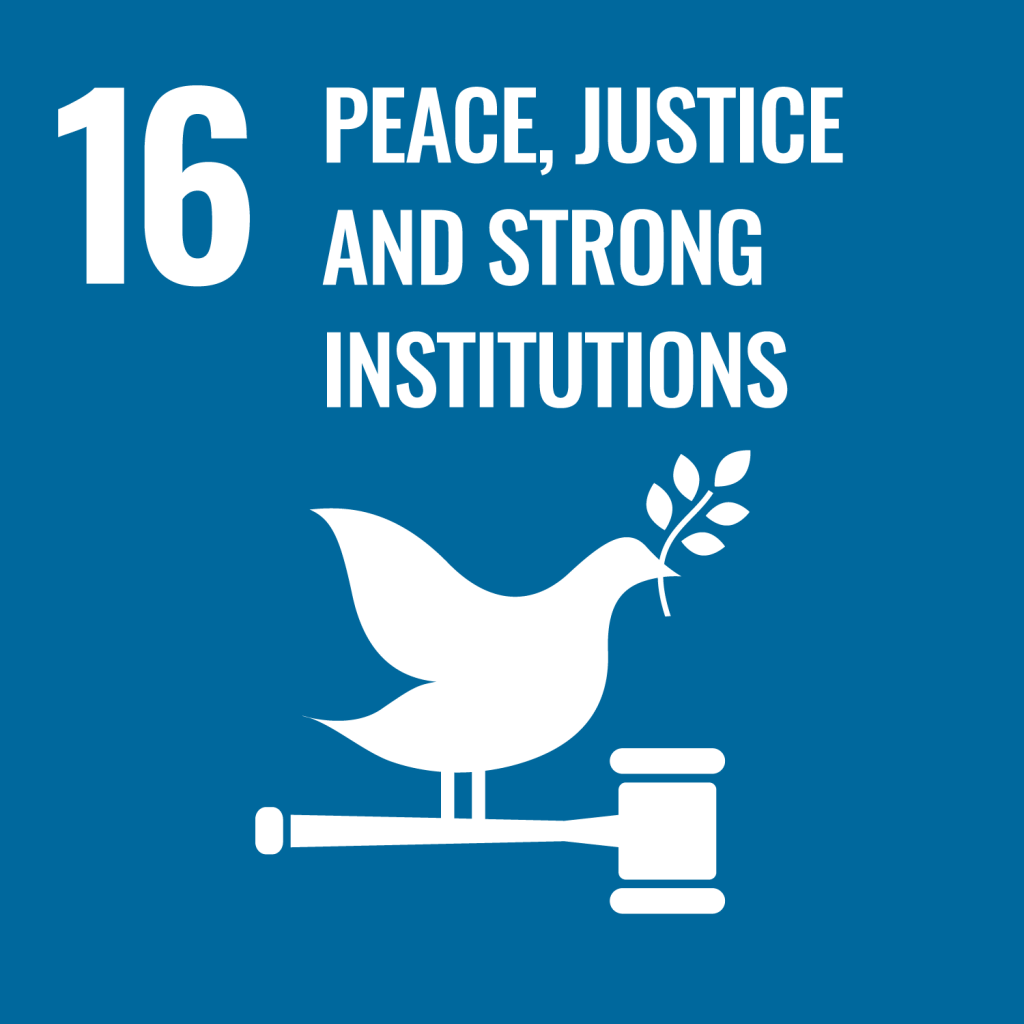Whose fault is it? Attribution of causes of patient violence among exposed and unexposed community-based family physicians
מאת: Enosh G., Freund A., Goldblatt H., Drach-Zahavy A., Guindy M., Ofer-Bialer G.
פורסם ב: Health and Social Care in the Community
תיאור: Extensive research has dealt with violence directed at healthcare workers in hospital settings; however, few studies have examined community-based settings. Furthermore, there is also scant literature regarding the perceptions of healthcare providers who were exposed to violence, compared to those who were not. This study aims to narrow these gaps in the literature by examining community-based family physicians' (CBFPs) perceptions in a large national Health Maintenance Organisation (HMO) regarding patient-initiated violence. Using a voluntary online survey, directed at all CBFPs working at the HMO, 412 CBFPs were surveyed on the following issues: exposure to violence initiated by patients or their family members; perceptions of violent occurrences and possible safety measures. The differences between CBFPs who had been exposed to violence and those who had not were compared. The majority of CBFPs reported experiencing verbal attacks (64%), and a small percentage experienced property-related violence (11.7%) or physical violence (3.4%). Comparing CBFPs who were exposed to violence with those who were not, regarding their perceptions of the ‘causes of violence’, revealed three differentiating factors: ‘waiting time’, ‘failure to meet the patient's expectations’ and ‘the nature of the physician-patient encounter’. Regarding the desired preventive actions, the four differentiating factors were as follows: ‘reduction in the number of patients per physician’, ‘improved queue management processes’, ‘longer meetings’ and ‘violence prevention training’. Conducting separate analyses, according to violence type (verbal abuse, vandalism or physical violence), indicated finer differentiations. In terms of Attribution Theory, one might argue that CBFPs who were directly exposed to patients' aggression attributed internal locus to the attacker, and tended to blame the attacker's personal characteristics and cultural values. Conversely, family CBFPs who were not attacked attributed external locus to situational factors such as waiting time, not receiving service, and the nature of the interaction between the attacker and the CBFP. © 2020 John Wiley & Sons Ltd
SDGs : SDG 03 | יחידות: מדעי הרווחה והבריאות | מועד: 2021 | קישור


